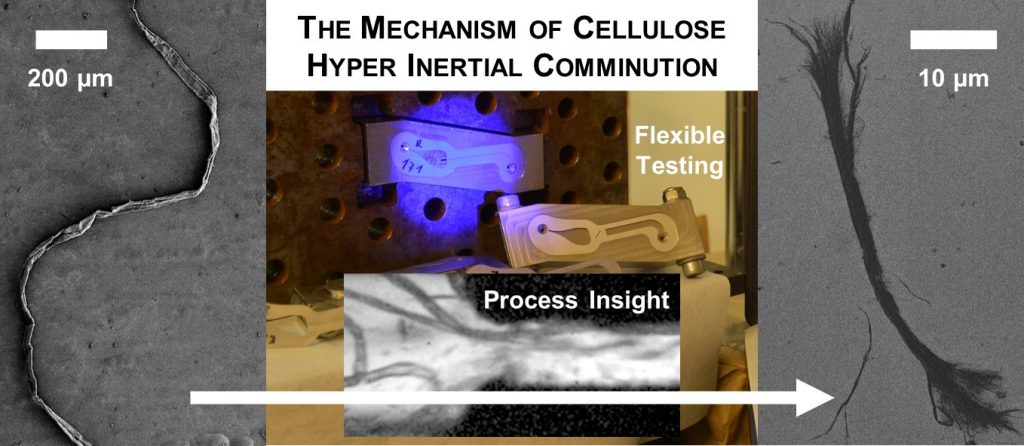Cellulose fibre/fibre interactions within molded fibre composites
This project aims to model cellulose fibre/fibre interactions using assembled CNF filaments produced by co-axial extrusion. These long, uniform filaments provide an excellent platform to investigate the impact of chemical and physical modification on joint strength. The findings of this work can then be used to a develop a better understanding of the interactions within […]
Cellulose fibre/fibre interactions within molded fibre composites Läs mer »



